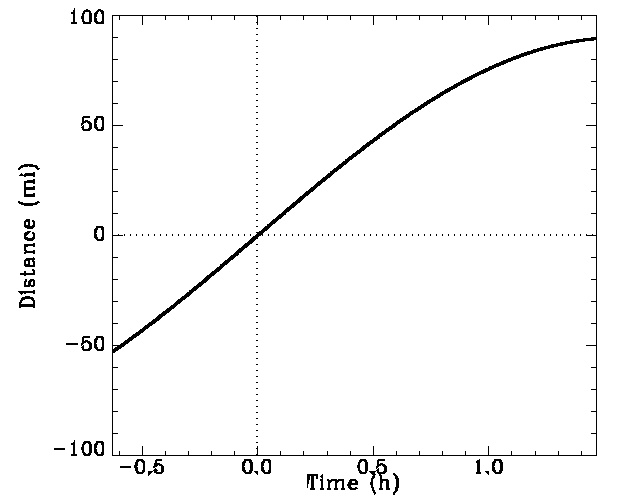How do you calculate the quotient of two numbers in scientific notation, say 2x105 divided by 4x103?
As an application, how do you proceed to calculate the answer to the following questions? If light travels at a velocity of 3x108 m/s and there are 3.6x103 seconds in an hour and approximately 3x107 s in a year, how long does it take light from the Sun to reach Pluto, which is 5.9x109 km from the Sun?
How long does it take for the Sun's light to reach Proxima Centauri, the star closest to the Sun, at a distance of 2.7x105 AU? Note: 1 AU = 1.499x1011 m.
